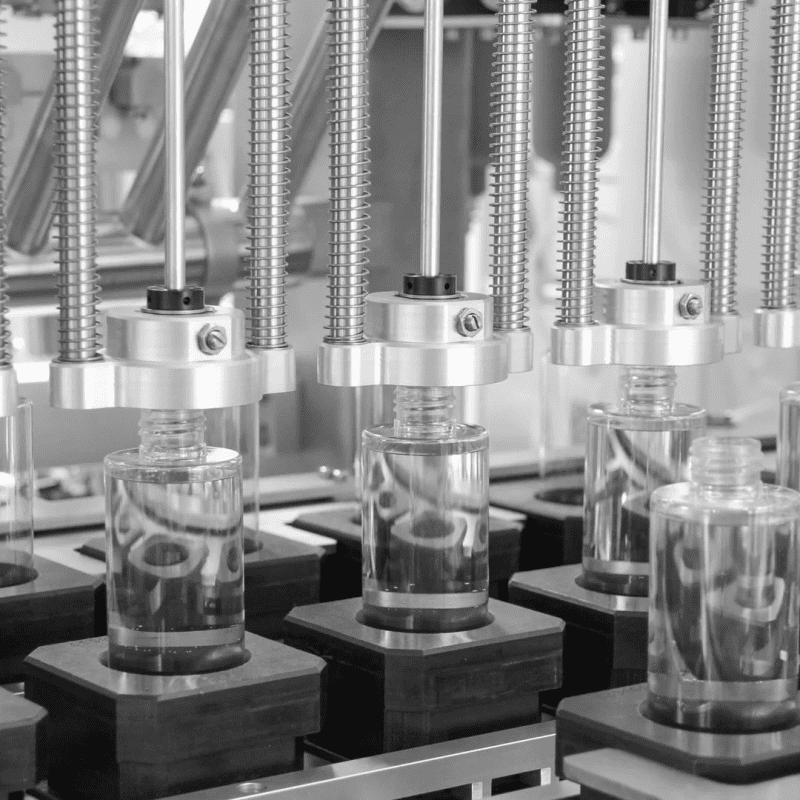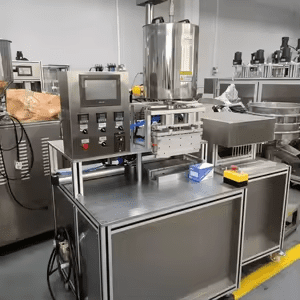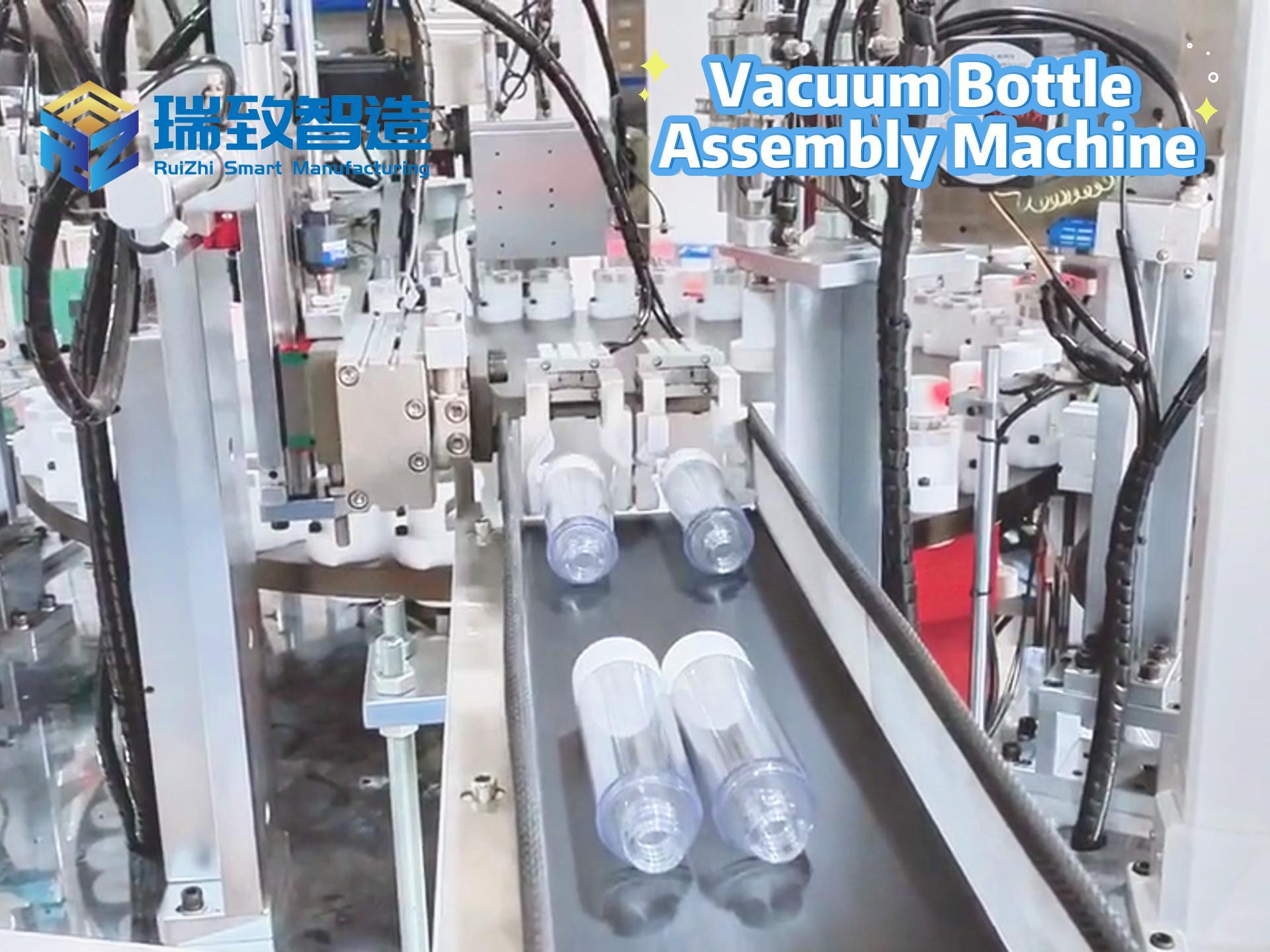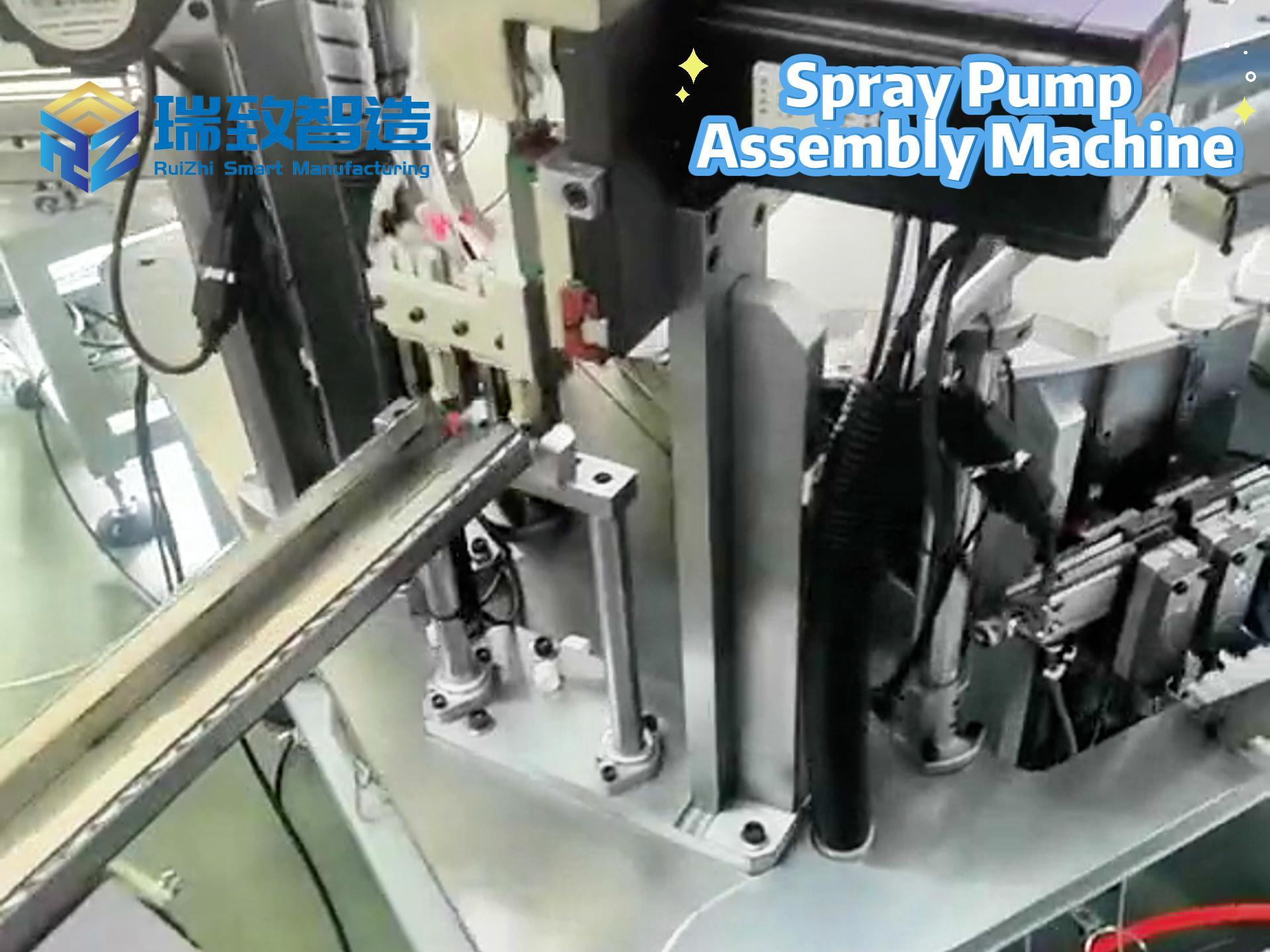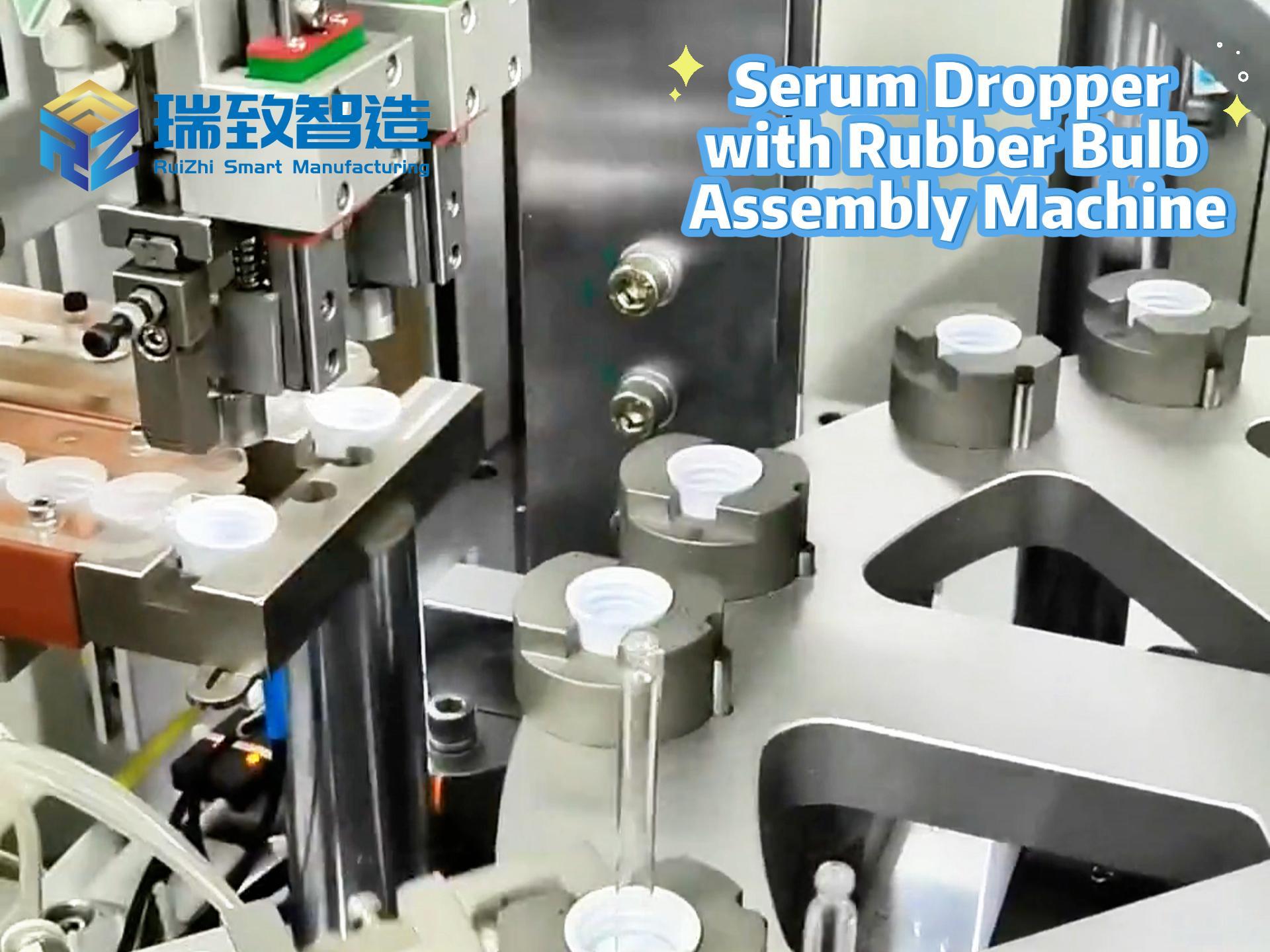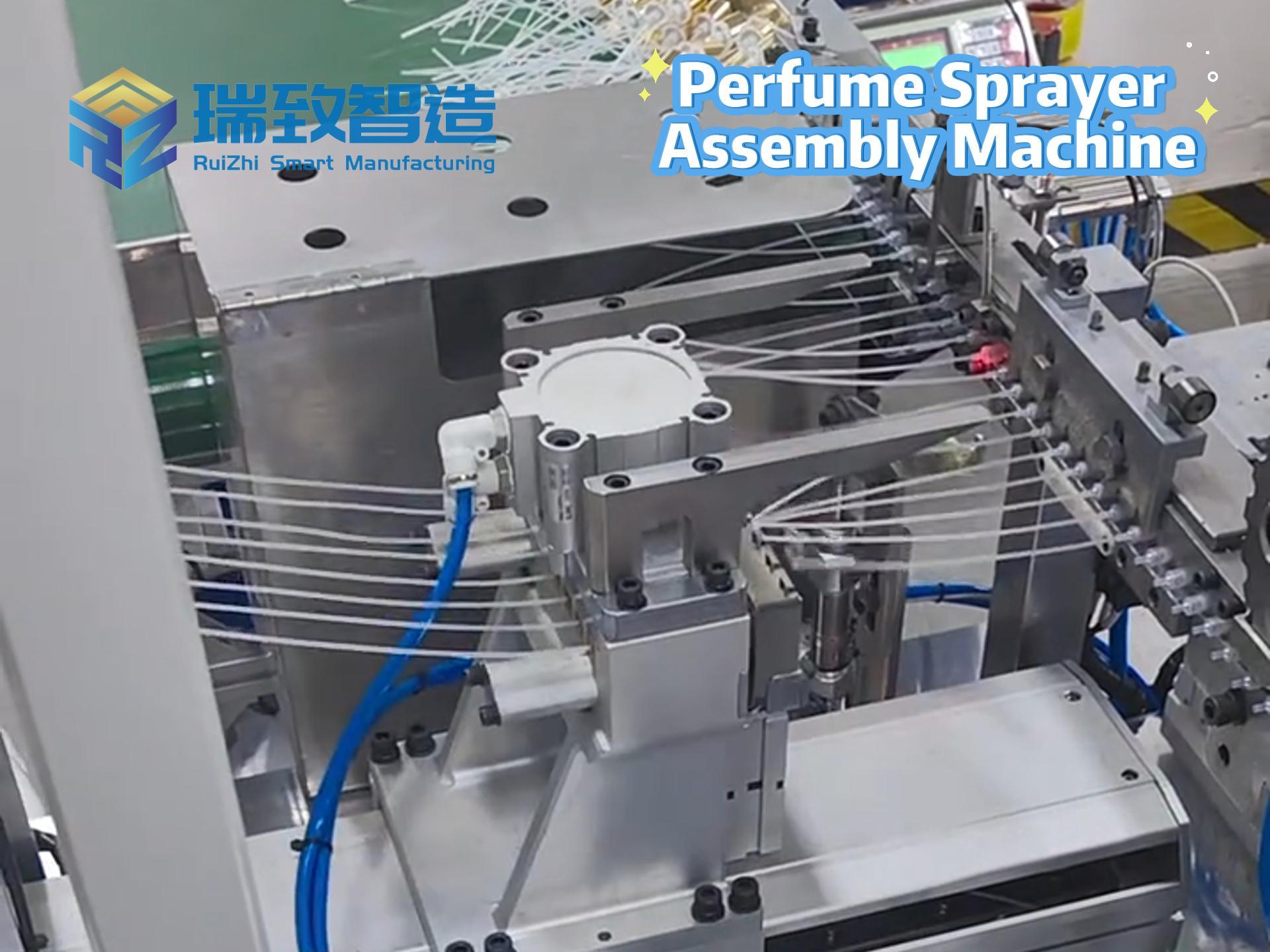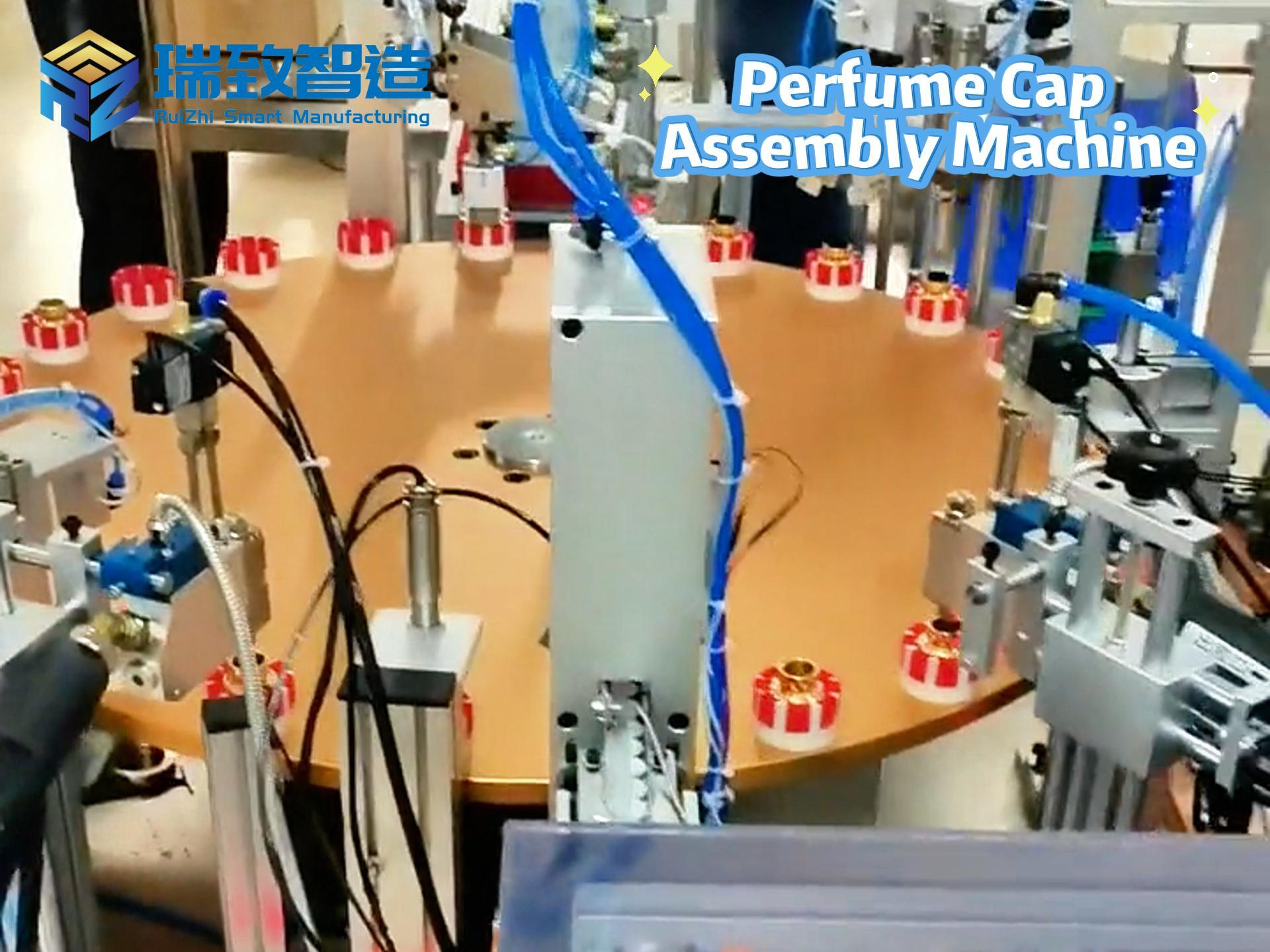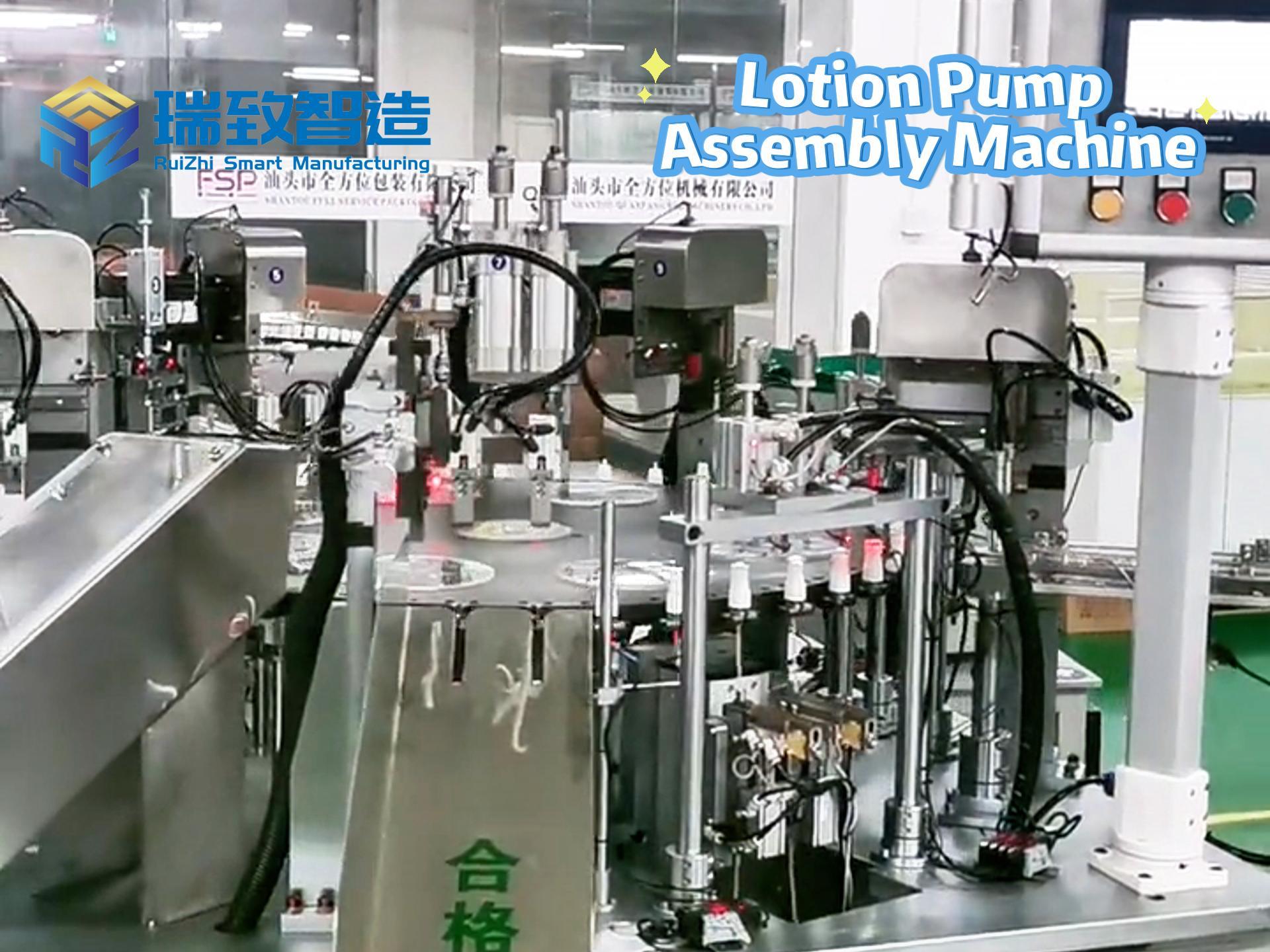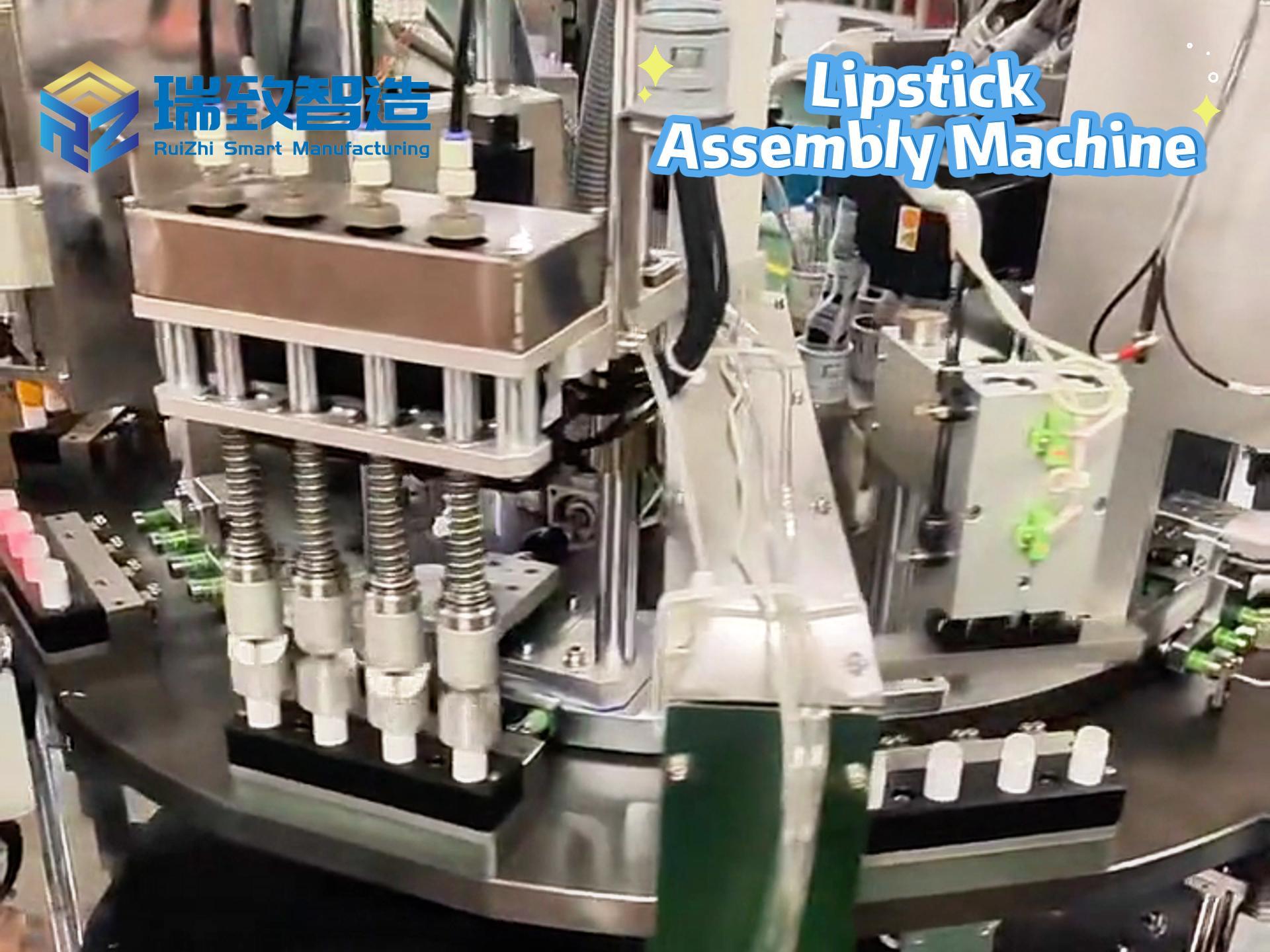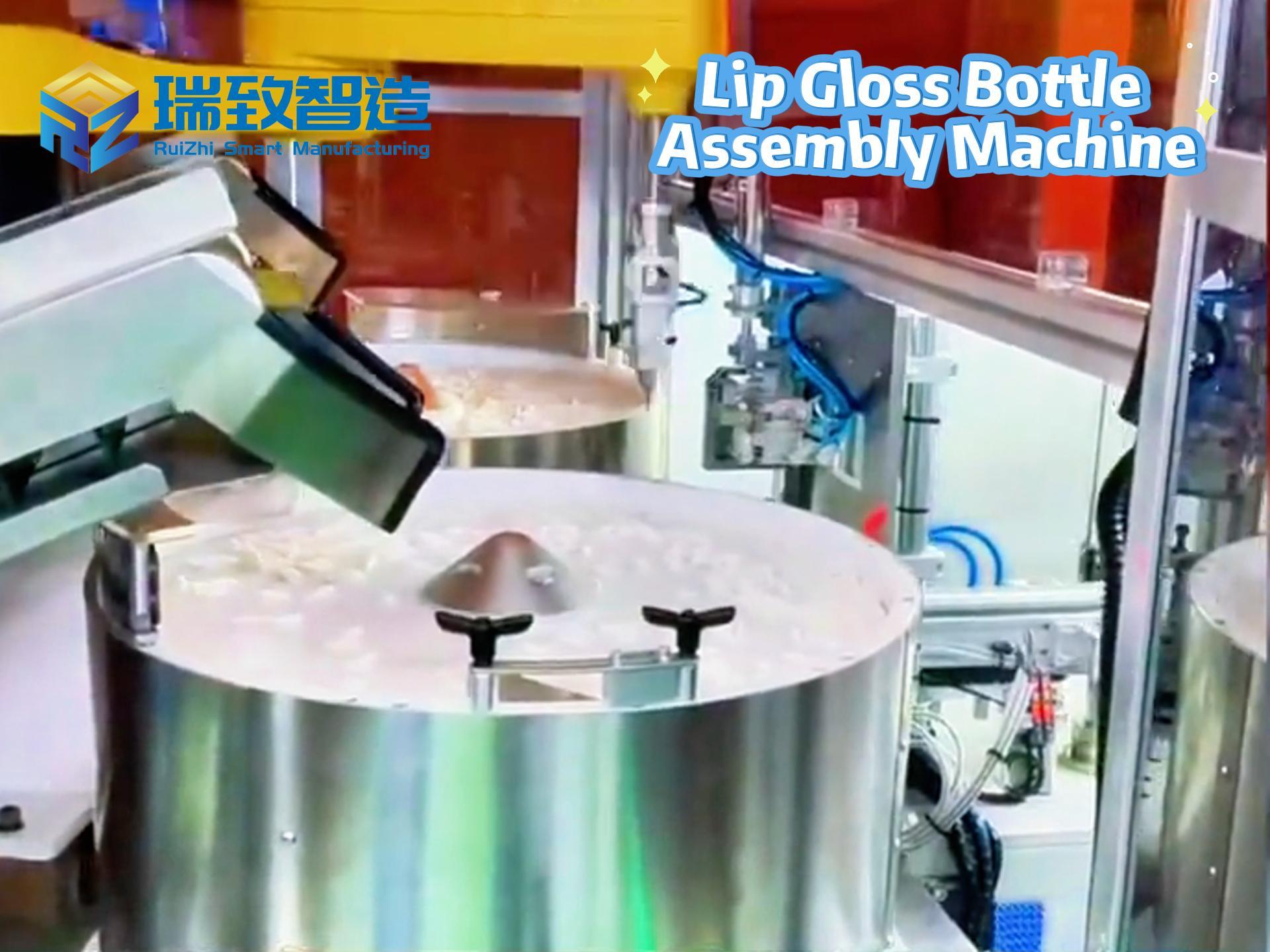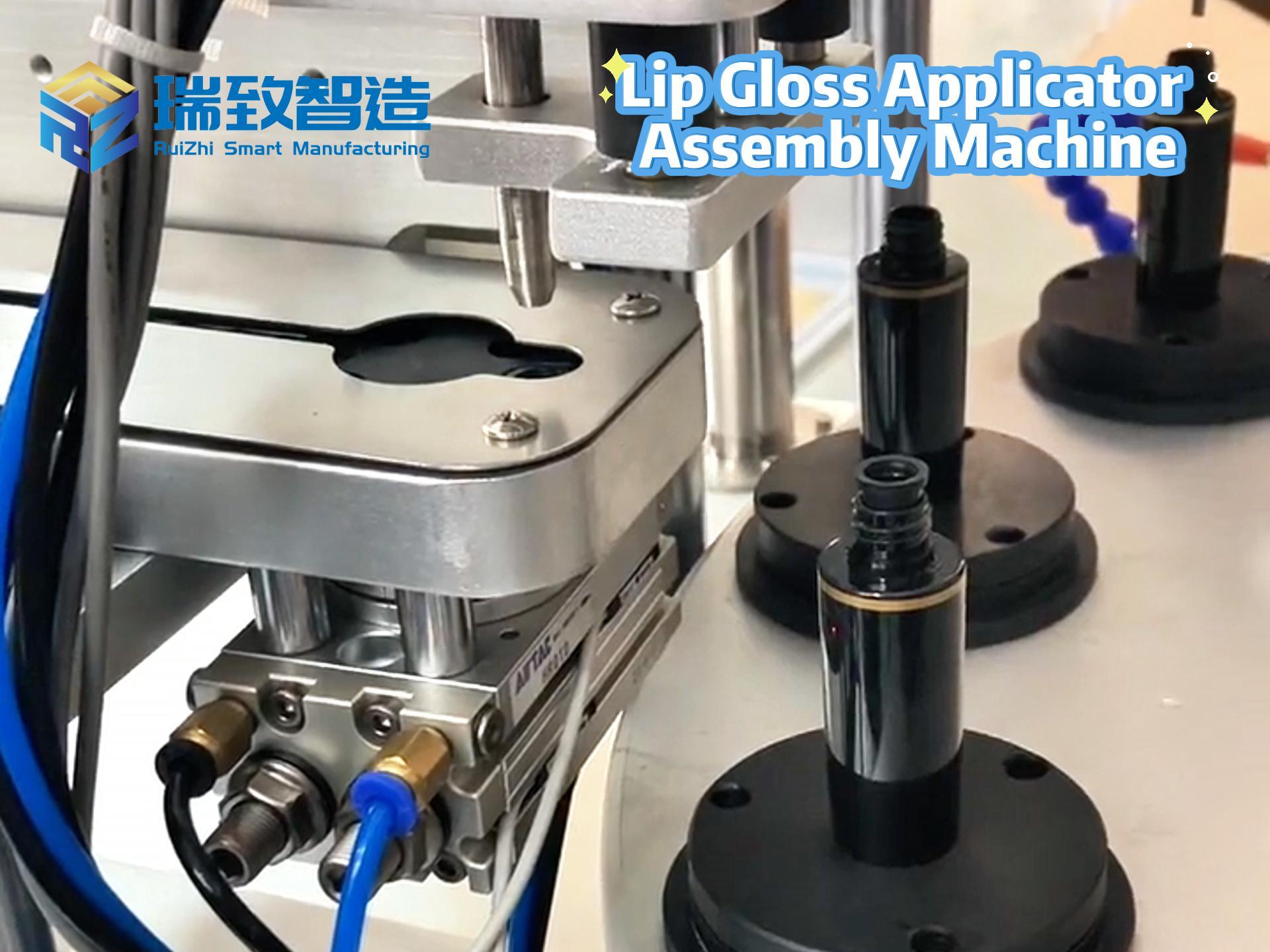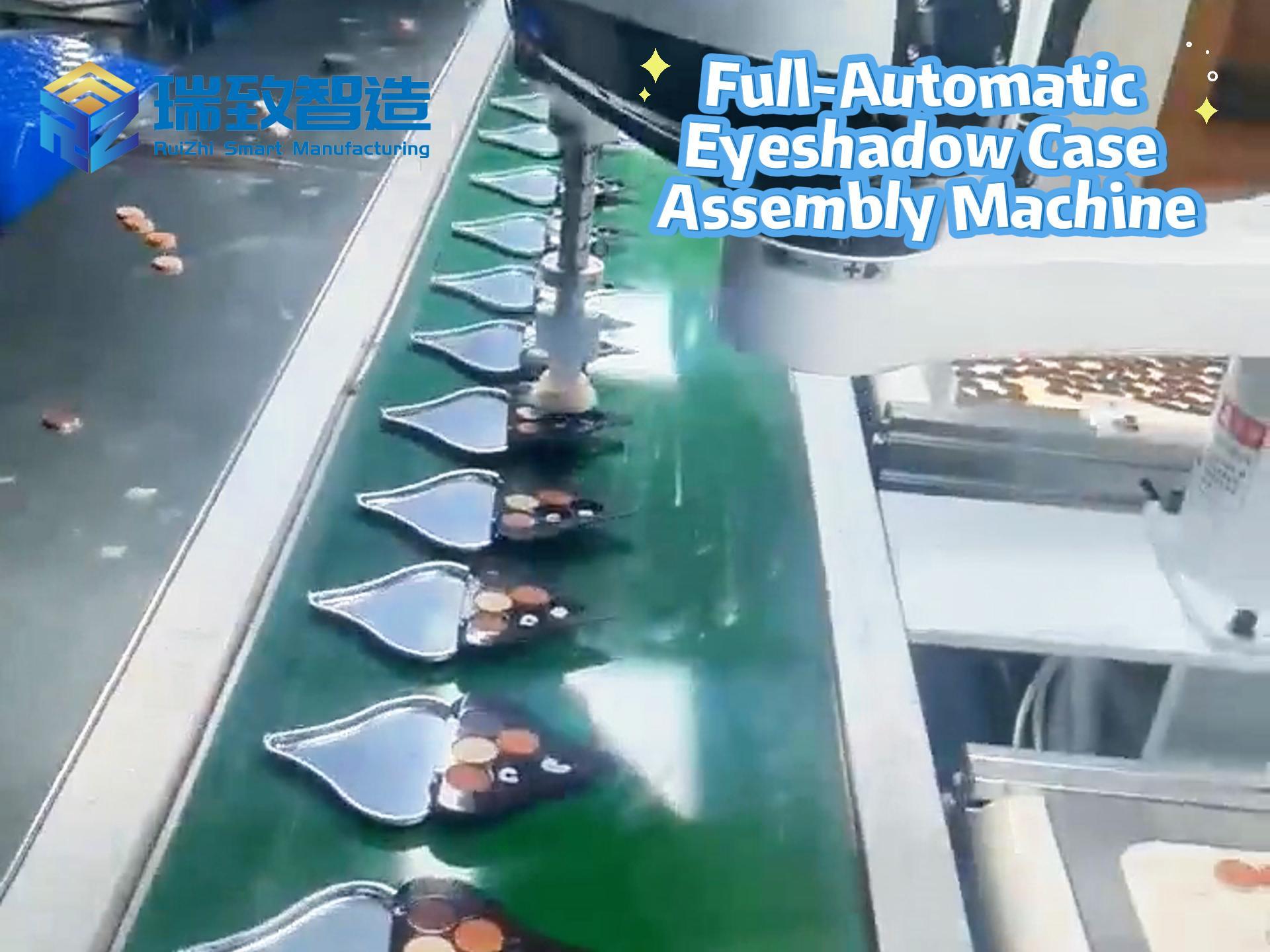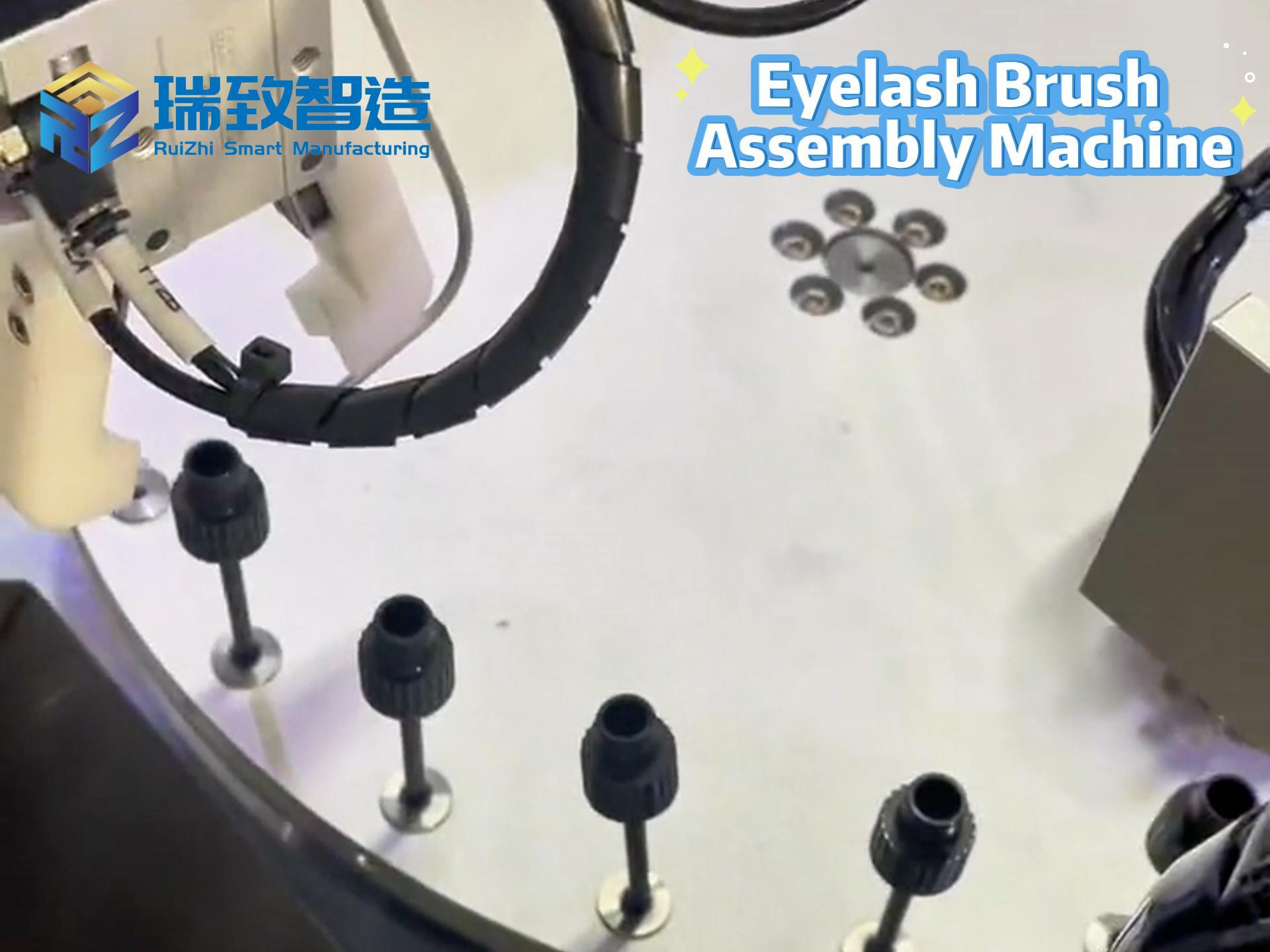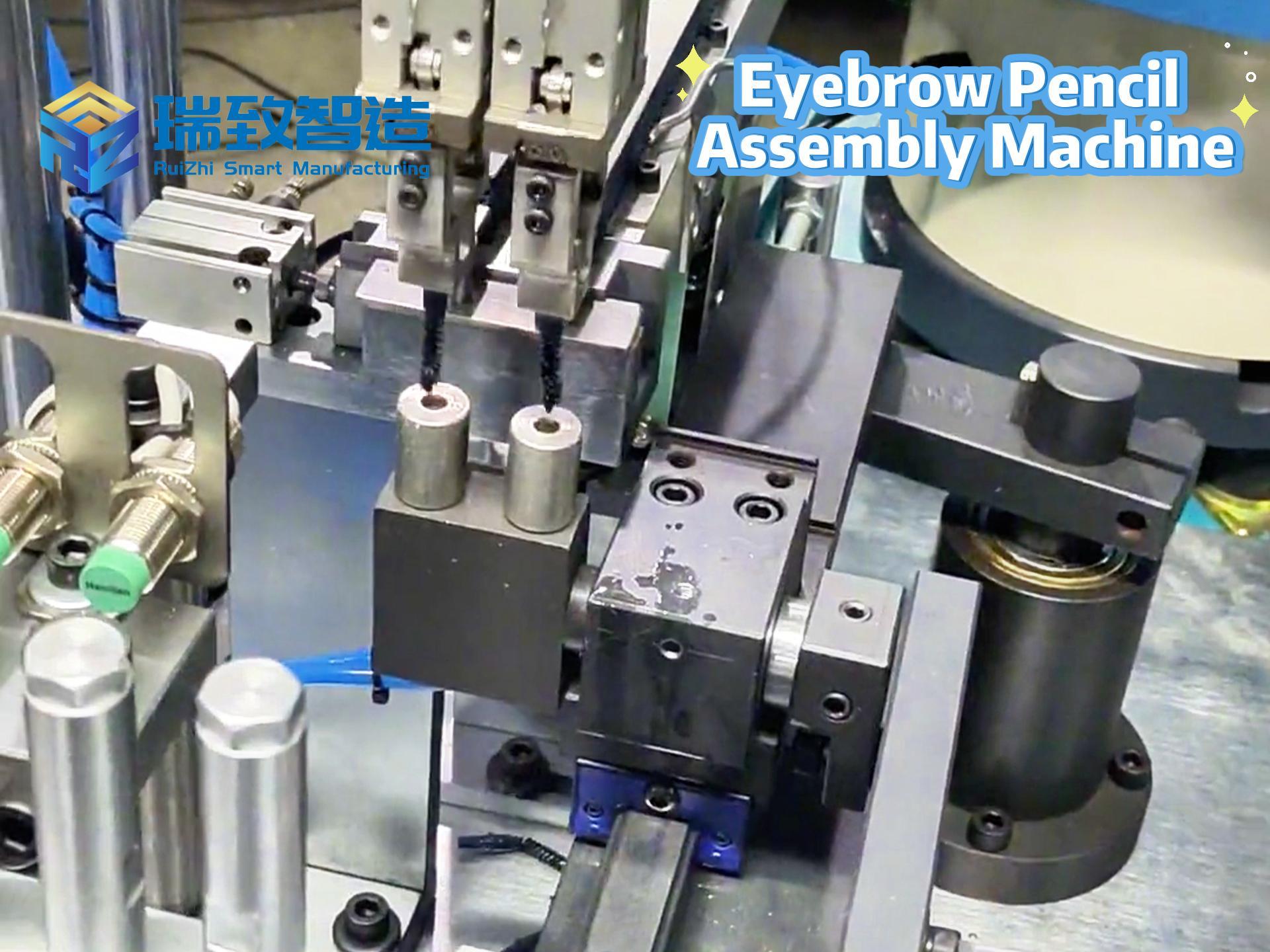Table of Contents
ToggleThe Complete R&D Process of Non-standard Automation Equipment: 18 Key Nodes from Requirement Decomposition to Delivery Acceptance

Introduction: The “Out-of-Control Dilemma” and Breakthrough Logic in Non-standard R&D
In a “pole ear laser welding machine” project of a new energy enterprise in Dongguan, misunderstandings in requirements (failing to clarify the “oxygen-free welding chamber” requirement), supply chain delays (custom welding head procurement cycle exceeding 60 days), and debugging loss (on-site debugging taking 45 days, accounting for 40% of the total cycle) extended the R&D period from 12 months to 15 months, with costs exceeding the budget by 40%. This case exposes the core pain point of non-standard R&D: the uncertainties brought by customization must be managed through full-process node control to achieve “predictable delivery”.
I. Requirement Insight Stage: 3 “Surgical Knives” to Crack “Requirement Distortion”
1. Requirement Interview: Locking Core Demands with the 5W2H Method
- Tool: 5W2H model (What product features / Why the need exists / Where the application scenario is / When the cycle requirement is / Who the operators are / How functions are realized / How much the budget is);
- Case: A 3C enterprise initially only requested “improving camera module bonding efficiency”. By asking “Where?” (Class 7 cleanroom) and “How much?” (budget ≤800,000 RMB), it avoided rework due to environmental adaptability and cost loss in subsequent plans;
- Pain Point: Vague requirements lead to plan iterations (one project underwent 3 plan modifications and took 2 months due to unclear definition of “efficiency”).
2. Production Line Mapping: Drawing Value Stream Maps (VSM) to Locate Bottlenecks
- Action: Field collection of production line data (e.g., drilling station in a hardware factory: manual clamping 30s → processing 20s → unloading 20s, 70s per piece, accounting for 35% of production line man-hours), marking pain points in three dimensions: cycle, cost, and quality;
- Tool: VSM software (such as Lucidchart) generates visual flowcharts to identify automation potential areas (e.g., stations with high manual intervention and strict tolerance requirements);
- Value: A auto parts factory used VSM to find that “oil seal assembly” was the yield bottleneck (85%). After designing targeted non-standard equipment, the yield rate increased to 99.2%.
3. Competitor Benchmarking: Reverse Decomposition + Differentiation Extraction
- Method: Decompose international benchmark equipment (such as a German non-standard testing machine) to analyze modular design (vision unit + motion unit), algorithm logic (defect recognition model), and human-machine interaction (HMI interface);
- Case: A domestic photovoltaic enterprise benchmarked overseas silicon wafer sorters and found that “multi-specification compatibility” was a gap. It developed non-standard equipment supporting 166/182/210mm, seizing the niche market;
- Trap: Blind benchmarking leads to inflated costs (one project copied overseas plans, exceeding the budget by 30%, while local requirements actually didn’t need high-end sensors).
II. Scheme Design Stage: Locking Technical Paths with “Simulation + Calculation”
4. Functional Decomposition: Building a Module System with the MECE Principle
- Logic: Decompose equipment into motion modules (robotic arms / transmission), detection modules (vision / force control), control modules (PLC / algorithm), and safety modules (grating / emergency stop) to ensure “mutual independence and complete exhaustion”;
- Case: New energy pole piece laminators are decomposed into “pole piece handling (servo module) → visual alignment (binocular camera) → lamination pressing (force control system) → NG rejection (pneumatic mechanism)”, with modules 协同 via EtherCAT bus;
- Value: Modular design makes subsequent maintenance more efficient (e.g., a faulty vision module can be replaced with a spare unit within 2 hours).
5. Simulation Verification: Digital Twin 预判 Physical Limits
- Tools:
- Mechanical simulation: ANSYS simulates robotic arm load deformation (requirement ≤0.05mm, actual simulation value 0.042mm, optimizing structure to reduce weight by 15%);
- Control simulation: MATLAB simulates servo response (target response time ≤50ms, actual 48ms, achieved via PID parameter optimization);
- Case: A non-standard bending machine found that “synchronous belt slack” caused precision deviation through simulation, optimizing the tension mechanism in advance to avoid rework in the prototype stage;
- Data: Projects with sufficient simulation shorten the prototype debugging cycle by 30% (from 45 days to 31 days).
6. Cost Calculation: Penetrating Details with ABC Activity-based Costing
- Formula: Total cost = material cost (60%) + R&D cost (25%) + debugging cost (15%);
- Decomposition:
- Materials: Custom parts (such as special material jigs, 35%) and standard parts (such as servo motors, 25%);
- R&D: Engineer man-hours (200 hours for scheme design × ¥200/h = ¥40,000; 150 hours for simulation verification × ¥200/h = ¥30,000);
- Debugging: On-site engineer travel + man-hours (30 days × ¥1,500/day = ¥45,000);
- Trap: Misjudging custom part costs (e.g., one project underestimated expenses for “ceramic-coated molds”, leading to a 15% quotation loss).
III. Engineering Implementation Stage: “Synergy Battle” of Supply Chain and Manufacturing
7. Supply Chain Collaboration: Dual Insurance of VMI + Strategic Binding
- Strategies:
- Adopt VMI inventory for key components (30-day safety stock, with suppliers replenishing as needed);
- Strategic suppliers intervene early (e.g., robotic arm manufacturers participate in scheme design to optimize interface compatibility);
- Case: Due to a standard parts supplier outage, one project used VMI inventory to avoid a 15-day delay;
- Data: Projects with high supply chain collaboration achieve a material readiness rate of 95% (only 80% in traditional models).
8. Prototype Manufacturing: Controlling Precision and Schedule in the Process Chain
- Process:
- CNC machining (precision ±0.01mm) → heat treatment (stress relief, deformation ≤0.02mm) → grinding (surface roughness Ra0.8μm);
- First Article Inspection (FAI) covering key dimensions (such as robotic arm joint tolerances) and material certificates (such as aluminum alloy hardness ≥100HB);
- Tools: Coordinate measuring machine (precision ±0.005mm), hardness tester, roughness tester;
- Pain Point: Improper heat treatment in one project caused 0.08mm deformation in the robotic arm, requiring 12 days of rework.
9. Debugging Optimization: Taming Variables with DOE Experimental Design
- Method: Test the impact of “servo speed (50-150mm/s), pressure (5-15N), and light intensity (1,000-5,000lux)” on yield rate through Design of Experiment;
- Case: A non-standard testing equipment found the optimal parameter combination (speed 80mm/s + pressure 10N + light 3,000lux) via DOE, increasing the yield rate from 85% to 98%;
- Tool: Minitab software analyzes experimental data and generates response surface diagrams.
IV. Delivery Acceptance Stage: Locking Delivery Quality with “Dual Testing + Full Documentation”
10. FAT Testing: “Extreme Pressure Testing” for Factory Acceptance
- Standards: 100 consecutive operating hours, ≤1 failure, and key indicators met (such as positioning accuracy ±0.02mm, cycle ≤12s/piece);
- Scenario Simulation: Simulate extreme conditions like “voltage fluctuation ±10%” and “upper limit of material size tolerance”;
- Case: During FAT, one project found that “after 80 consecutive operating hours, servo motor temperature rise exceeded 40℃”, optimizing the heat dissipation structure in advance to avoid on-site failures.
11. SAT Testing: The “Last Mile” of On-site Adaptation
- Actions:
- Docking with the client’s production line (such as the cleanroom and MES system of a new energy battery factory);
- Verifying “model change time (e.g., switching product specifications within 15 minutes)” and “data docking (equipment MES upload success rate ≥99%)”;
- Tools: Testing with the client’s actual production line materials (such as real pole pieces and locks);
- Pain Point: One project took 10 days for on-site debugging due to incompatibility with the client’s MES protocol, delaying delivery.
12. Document Delivery: Complete Inheritance of Digital Assets
- Inventory:
- Electrical schematic diagrams (drawn with EPLAN, including component models and wiring rules);
- PLC programs (with annotations, supporting online monitoring and modification);
- Operation manuals (including fault code tables, maintenance cycles, and spare parts lists);
- Test reports (FAT/SAT data, simulation reports, FAI reports);
- Value: Due to missing documents, equipment after-sales maintenance in one enterprise took 12 hours instead of 4, increasing operation and maintenance costs by 30%.
V. Hidden Lines of Project Management: 3 Key Nodes to Control the Rhythm
13. Milestone Reviews: Triple Gatekeeping for Scheme→Prototype→Delivery
- Scheme Review: Focus on “technical feasibility (such as algorithm accuracy), cost rationality (deviation ≤10%), and cycle matching (deviation ≤15%)”;
- Prototype Review: Verifying “functional integrity (whether modules are missing)” and “index achievement rate (such as yield rate ≥95%)”;
- Delivery Review: Confirming “document integrity” and “client acceptance rate (≥90% key indicators met)”;
- Case: A project’s scheme review failed (cost exceeded by 20%) and was returned for optimization, bringing costs within the budget.
14. Change Management: Controlling the “Butterfly Effect” of Requirement Changes
- Process: Client proposes changes → assess impacts (cycle + cost) → both parties sign confirmation → scheme iteration;
- Data: One project extended the cycle by 20 days (17% of the original cycle) and increased costs by 15% due to “adding error-proofing functions”;
- Tool: JIRA manages requirement changes, associating affected task nodes (such as mechanical design and program development).
15. Risk Early Warning: Identifying 6 Critical Risks in Advance
| Risk Type | Early Warning Indicator | Coping Strategy |
| Requirement changes | ≥3 changes in a single month | Sign change agreements to clarify rights and responsibilities |
| Supply chain delay | Key component delivery delayed ≥15 days | Activate alternative suppliers (certify 2 in advance) |
| Technical bottleneck | Simulation indicators unmet (e.g., 20% precision gap) | Introduce external technical consultants |
| Debugging out of control | Weekly debugging progress <10% | Deploy additional experts on-site |
| Client acceptance stuck | Critical SAT test indicators unmet (e.g., 90% yield) | Submit rectification plans within 72 hours |
| Budget overrun | Cumulative cost overrun ≥10% | Launch cost-sharing negotiations |
VI. Client’s Perspective: 4 Iron Laws for Controlling Non-standard Projects
- Requirement Concretization: Define requirements with “measurable and verifiable” indicators (e.g., “cycle ≤12s/piece” instead of “improve efficiency”);
- Process Participation: Must attend key nodes (scheme review, prototype testing) to avoid later cognitive biases;
- Acceptance Standardization: Formulate the Non-standard Equipment Acceptance Specification, clarifying 50+ detection indicators (such as positioning accuracy and model change time);
- Data Retention: Require suppliers to provide equipment digital twin models for subsequent production line upgrades (such as accessing digital factory systems).
Conclusion: The essence of non-standard automation R&D is to build “industrial” order in the chaos of “customization”. The 18 key nodes are like precision gears, meshing to form a closed loop of “clear requirements→precise design→controllable manufacturing→reliable delivery”. Only by transforming the “uncertainty” of each node into “manageability” can non-standard equipment truly become an enterprise’s “customized weapon” rather than a “sunk cost” in the R&D quagmire.
(Next Preview: “The Cost Black Hole of Non-standard Automation Equipment: 6 Out-of-Control Links and 12 Cost-reduction Strategies”, revealing how to achieve “controllable costs” in customization, making non-standard equipment truly value-for-money.)


